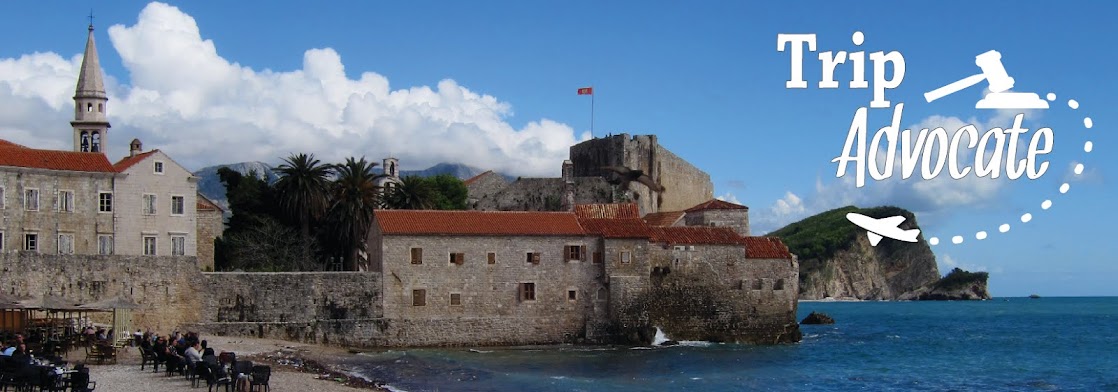Located in the heart of the Amazon Jungle. There are a few ways to arrive in Manaus - one would be a multiple-day boat sailing up the Amazon River from the Atlantic Coast deep into the interior of Brazil; or alternatively, flying into Manaus Airport (MAO).
We opted for the direct flight from Miami to
Manaus on American Airlines. The flight is 5 hours and 25 minutes non-stop from Miami Florida to Manaus Brazil. On the descent into Manaus, the surrounding landscape is pitch black - only the city lights of Manaus peering out of the jungle.
City buses run from the Manaus Airport to the center of the City. Route 306 is probably your best choice to reach the area of the City Center where most of the sights, tour operators, shopping and accommodations are located. At a price of 3 Realais ($1 USD), it is certainly less expensive than the regular taxi prices (60-75 Realais ($18-23 USD).
The tour operator picked us up about 8 am and then transported us down by car to the port. From the port, we boarded a small ferry to sail out to O Encontro das Aguas (the Meeting of the Waters) - where the Rio Negro (dark in color) and Rio Solimões (clearer waters) flow side-by-side for several miles/kilometers.
After a ferry across the Amazon's main channel, then we took a mini-van about 45 minutes further South, then another motorized canoe for another hour to the main lodge. While there at the lodge, we arrived just ahead of another canoe which had discovered a baby sloth in the river.
Holding a Sloth:
Baby sloths are fun to hold and they pose well for pictures. This three-toed sloth was found swimming in the river. Since it was so small, they were concerned that a large caiman may like this baby sloth as a snack.
After playing with the sloth, the canoe was loaded up with provisions for the night camping in the open jungle - hammocks and mosquito nets.
Setting up Camp, Dining and Sleeping in Hammocks:
What a fun experience to be totally away from all civilization and in the open jungle - with all the sounds, sights, and atmosphere.
Dinner was cooked on an open-fired made with dry branches, large leaves and palm fronds. Dry wood was available within a short distance of the camp sight. One just needed to be careful not to pick up some large spider when picking up the firewood.
SOUNDS OF THE JUNGLE -
More inhabitants of the Amazon jungle are nocturnal. So when the sunsets, fireflies appear and the sounds of the jungle are amplified -- the roars of howler monkeys, rustling in the underbrush by armadillos, macaws squawking loudly, and of course, the buzzing of mosquitoes.
PIRANHA FISHING - Red-bellied piranha - a different kind of fishing
With regular river and lake fishing, you approach the water quietly, toss in your baited hook, slowly and quietly reeling in the baited line - so you can attract but not scare away the fish with excessive noise.NOW - it is PIRANHA FISHING TIME take a chuck of raw chicken, put it on the hook, toss in the bait - which is attached to the end of a homemade (rather jungle-made) pole - no reel included. Then with the top end of your pole, make violent splashes on the top of the water - mimicking a distressed animal or fish in the water... then wait -- within a few minutes, you start to feel the piranhas striking at the bait, then when you feel a good strike, you quickly lift your pole out of the water with the piranha attached to the chicken, and then plop the piranha in the canoe. Most of the time, the piranha does not swallow the hook - it merely is latched onto the chicken.
Detach (carefully avoiding its teeth) the piranha, then toss the bait back in the water and agitate the top of the water again, and wait for the next one to strike.
WHAT TO BRING:
Long-sleeved shirts; long pants; Insect-repellent with high concentration of Deet; sunscreen; closed-toed shoes; camera; rain poncho.
Pack light - no reason to bring more than you need.
WHEN TO GO TO BRAZIL:
NOW - normally U.S. citizens need to pre-apply and obtain a tourist visa. However, due to the Olympics, the Brazilian government has waived the pre-application process and the visa fee (normally $160.00) for citizens of the USA, Canada, Japan and Australia.
See, Travel.state.gov/content/passports/en/country/brazil.html







